It’s easy, just do exactly what everyone says.
Scott here. 👋🏻 I’ve noticed a design trope on LinkedIn. You’ve surely seen it: “thousands of portfolios”.
Someone, often but not exclusively a design director or in-house recruiter, starts a post by letting us know how many Thousands of Portfolios they’ve seen. Hundreds! Thousands! Ten thousand! Or cover letters, or resumes, or screener interviews…you get the idea.
After all of that thoughtful seeing, they have discovered, and must now share 🥁🥁🥁 … a Truth of Hiring!
Except that it will actually be an opinion. Or even a simple preference!
And it will be a myopic opinion, influenced by the hiring tools they use, by the roles they’re hiring for, by their workflows for handling huge numbers of applications in a crowded market … or perhaps even by how restrictive their company’s IT polices are.
But no matter, this opinion will be stated as truth, a Truth that only a huge idiot like YOU would choose to ignore. You fool. You utter macaroon.
Thing is, you won’t have to look very hard to find the exact opposite opinion, stated with just as much conviction and excess of one-sentence paragraphs. (Things that should cost money to use: car horns and the Return key.)
You’ll read that portfolios should always be a PDF, and that they should never be a PDF.
You’ll read that you should always lead with personality and a photo, and also that you are destroying the very idea of equity by including a photo.
You’ll read that your application will go straight in the trash if you don’t suss out the hiring manager’s name, but also that you come off as thirsty by contacting anyone at the company. And so on.
Look, yes: Writing is hard. Smart people are also susceptible to cognitive biases — sometimes even more so. The timeline algorithms increasingly reward only clickbait or money. And most of these folks really are trying to be helpful.
So it’s all very explicable and non-malicious. Non-malicious is not the same as non-harmful. I’ve talked to a lot of folks — not thousands, though 😂 — who feel stressed out and crossed up over all of this seemingly-conflicting advice.
What I recommend to my career coaching clients is this: Accept that everyone is right … for them.
A UX design hiring manager who says they’ll only look at web-based portfolios? They’re telling the truth. Their truth. They prefer web-based portfolios.
A content design director who says that an overly-formal cover letter will land your application in the bin is telling the truth … relative to their inbox, and their bin.
I have opinions, too. I prefer and recommend PDF portfolios made with apps like Keynote or Google Slides, designed to actually be presented in an interview process. I think that will be the most helpful in the most processes for the most people. But that’s just an opinion, and my opinion doesn’t trump an actual hiring manager’s actual preferences for a given role they’re hiring for.
One way forward is to:
- prioritize flexibility in your career materials,
- do research for each role to learn the hiring manager’s preferences,
- and customize your application for that person and hiring process.
🥵 That’s a lot of work! It’s a good option for roles you’re really hyped on at companies you really want to work for. Best foot forward and all that. But it’s not going to be feasible for every role worth taking a shot on for people with other responsibilities in life, which is, uh, everyone.
This is why acceptance — surrender, if you like — is sometimes the answer. You can’t win ‘em all.
Sure, you might get binned for your case studies not following the “right” format, or for having a photo in your portfolio, or for opening a cover letter with “To whom it may concern” (okay, that last one is maybe fair). So what? You get binned sometime. You don’t always get a fair shake. That sucks. And … yeah, it sucks.
🤷🏻♂️
When it comes to my own career materials, I’ve found success by focusing on things I’m good at doing. That way, if I do pass the initial filtering process, I’ve done so with materials I feel good about. I’ve done a lot of consultative work, much of it for projects that don’t have immediately measurable outcomes — so instead of traditional case studies, I present “work stories” about how I influenced people or process. My portfolio also has more text in it than most people, even me, recommend, because I know how to structure things so that it doesn’t feel like a lot of text. These things work for me, and make me feel good about presenting what I have in interviews, which makes me perform better in interviews.
So please, take any Hard Truths of Hiring you come across with a hearty tablespoon of salt.
Keep your materials flexible, when you can. Adapt to organizational or hiring manager preferences when you can. When you can’t? Submit your stuff anyway. There is at least one Hard Truth: You won’t get any jobs you don’t apply for.
